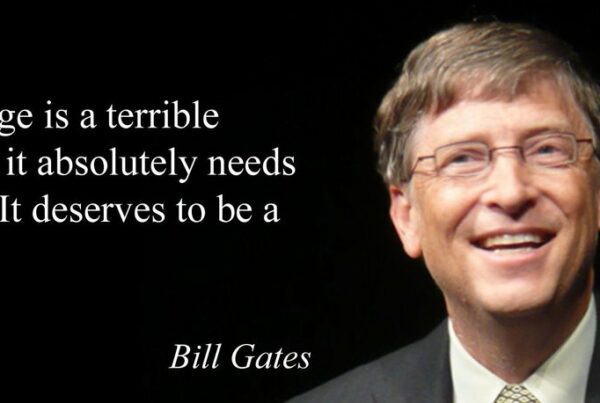External technology change outpaces investment in IT. The IT department is insulated and disconnected from the business. The traditional IT model ignores a network of resources that are able to help. Solutions that “fix” slow change or innovation, inevitably tend to recreate the problem they’re trying to solve. A one-size-fits-all mentality to most IT results in limited solutions. Once a solution is found, it’s rarely revisited until the change becomes unavoidable. Sound familiar? All of these factors contribute to a “problem statement” for traditional IT.
“The legacy model of IT is largely insufficient when it comes to modern digital enablement and transformation,” writes Dion Hinchcliffe.
In the face of both internal and external changes, IT departments are being relentlessly challenged. The choices are to (1) Evolve the organization’s IT model to a distributed network of enablement or (2) Keep using the traditional IT model and get trampled by keeping basic technologies up-to-date, addressing cybersecurity, and closing gaps between IT services and business functions. Hinchcliffe emphasizes in “How IT Can Change for the Digital Era and What Leaders Can Do About It,” that the most pressing objective for this decade is how leaders will create and use networks of digital enablement. This new era embraces broad digital empowerment in scale.
The new solution is focused on a pull model of technology enablement — a shift occurs from centralized IT support unit and a “Doing it all” approach to a network of IT enablement with broad, decentralized innovation (network includes service providers, outsourcing firms, app stores, dev partners, and cloud).
In response to how leaders can change for the digital era, this pull model empowers a scalable and sustainable way of accelerating changes, adapting to uncertainty, and providing a connection between businesses and technology.











